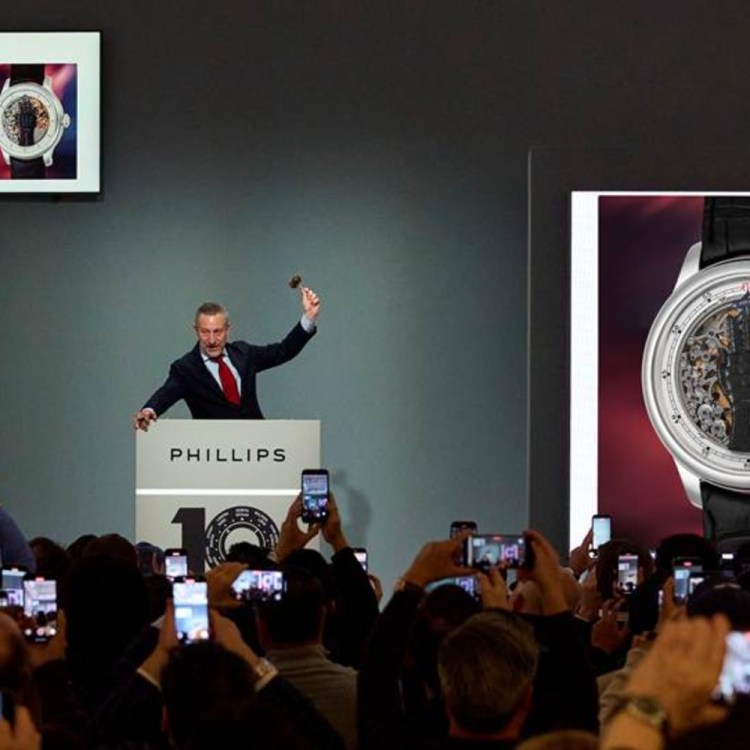Networking is, depending on your predilections, either a joy or a nightmare.
But regardless of your comfort level with talking to strangers about their professions over alcoholic beverages, it’s undeniable that networking is oftentimes a necessary step in advancing your career. Having a reliable portfolio of professional contacts can serve as a valuable repository for both knowledge and opportunities.
Of course, it isn’t as easy as showing up to the party and munching on hors d’oeuvres. Networking is very much a skill, especially in the real, shaking-hands and swapping-cards world. When going to an event full of people looking to talk to each other, it can be surprisingly hard to actually find people to talk to. And even once you get past salutations, it can be hard to find people with whom you can engage in a meaningful conversation, much less a meaningful conversation that could pay real, quantifiable dividends down the line. It requires personability, attention to detail and courage. Most people will find large networking events through their jobs, industry groups they belong to or follow on social media, or via newer age platforms like Meetup. These can often lead to awkward interactions that will quickly turn you off to large-scale networking events as a rule, and on top of that, they’re often just plain exhausting for anyone who doesn’t revel in making idle chitchat with people who look important.
I’ve found that coffee or drinks with a small group is a much more effective and meaningful way to connect with people, although obviously that’s not a way to make new connections. You can obviously use Linkedin to message people you want to meet (or even slide into their DMs on Twitter or IG), but that works to varying degrees and can also be a grind timewise. There’s also Shapr, which is essentially a swipe-style app for meeting fellow professionals.
Since COVID-19 struck, all of these types of meetups are obviously off the table. But people in every industry have realized that a lot of the day-to-day things they did at the office could easily be done at home, and that includes networking. Below, I’ve outlined what the experience is like on three popular (and free) virtual networking platforms. None of them are industry specific, and all allow users to meaningfully connect with people from a wide range of professions and disciplines. Beats schlepping to a shitty bar in Midtown to wear a name tag and order overpriced drinks.
Lunch Club
Lunch Club is an AI-powered introduction maker that is backed by VC all-star Andreesen Horowitz. Upon creating a profile, you’ll be asked a handful of questions to gauge your interests and skills. Things like what you’d like to learn about, your side hustles and what people can ask you about. Each week, you schedule however many meetings you want (from zero to six) and select time slots you’re available along with what your objective is for that week (from “meet interesting people” to “grow a company” to “invest”). Based on your goals and availability, the Lunch Club AI sends a connecting welcome email to you and your meeting with a Google invite, a bit about them and a scheduled time. At this point, the AI has done its job, and it’s up to you and your partner to confirm whether the meeting time works or you need to reschedule. Overall, I’ve found the process to be super simple and the matches have almost all been high-quality people. My objective has almost always been “meet interesting people,” and I’ve come across a spectrum of folks who fit that description, from documentary filmmakers to content creators to tech salespeople. It’s a great way to quickly meet a wide range of people who may be outside of your normal purview and keep in touch with them if you so choose. Generally at the conclusion of the call — the duration of which is wholly at the discretion of the chatters — I’ll send an email to exchange social information and keep in touch. Lunch Club, thanks to its AI, is constantly learning and asking follow-up questions about your habits and goals in order to improve. They’ve also started providing fireside chats with successful entrepreneurs to their community of users.
Cafecito
Cafecito was started by Irma Mesa, a freelance remote product manager, who realized, even before COVID-19, that the increasingly large remote workforce must get lonely working at home all day. She initially started Cafecito — which in this sense roughly translates from Spanish to “let’s grab a quick coffee to chat” — to connect remote workers in the same city in order to meet up for coffee and have a literal person to talk to. Since COVID-19, the service has moved completely online and is similar to Lunch Club, but at a much higher touchpoint. Irma prefers to have an intro call with new members in order to better gauge their interests and what they’re looking to get out of the meetings they have through the platform. It’s a surprisingly pleasant personal touch in a world full of automation. Every week, she asks for availability and goals, and then connects participants via email to chat. The end result is similar to Lunch Club, but the platform features many more fully remote workers, so it’s a slightly better experience for those looking to network with people who work exclusively from home.
Council Club
Council Club is a platform drastically different from the previous two. It functions more as a virtual co-working space than a one-on-one meeting setter-upper. Throughout the week, Council Club hosts co-working sessions that operate as short sprints. The hosts break people out into small groups to work silently together for 30ish minutes before reconvening for short breaks and conversation. Conversely, if users don’t want to work, there are concurrent small groups with conversations. They also host happy hours and roundtables around specific topics, and recently launched a bartering platform for members to exchange services. It’s an incredibly varied platform that can adapt to a variety of use cases and needs.
This article appeared in an InsideHook newsletter. Sign up for free to get more on travel, wellness, style, drinking, and culture.























